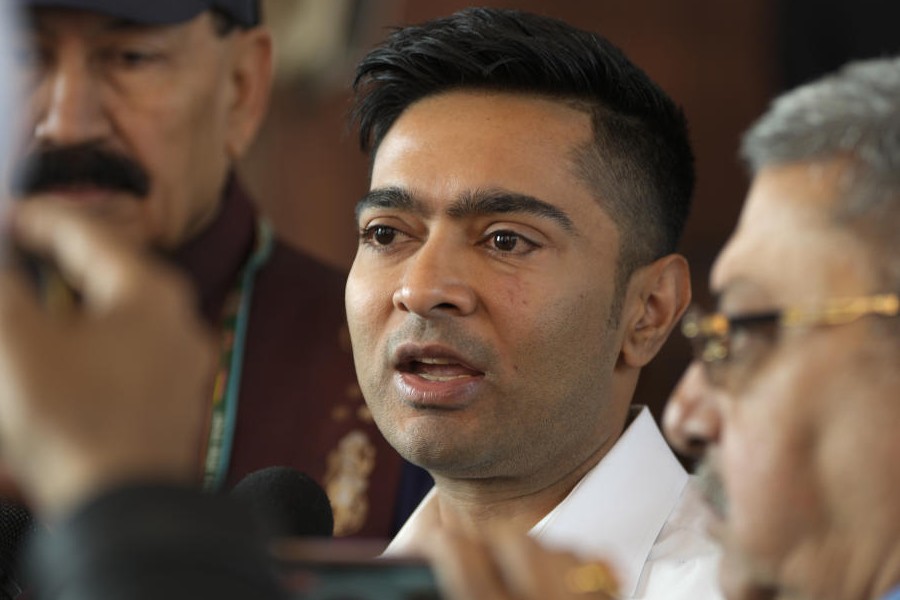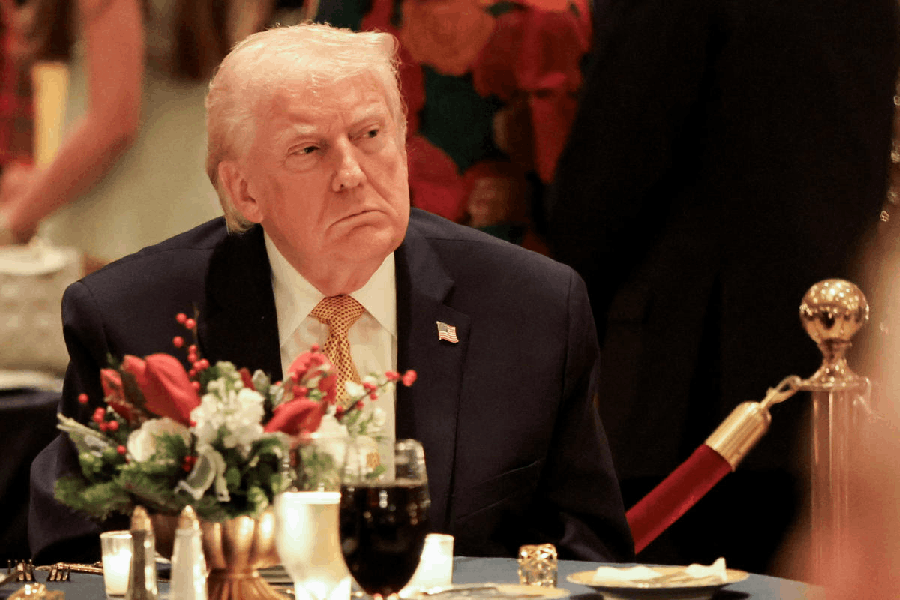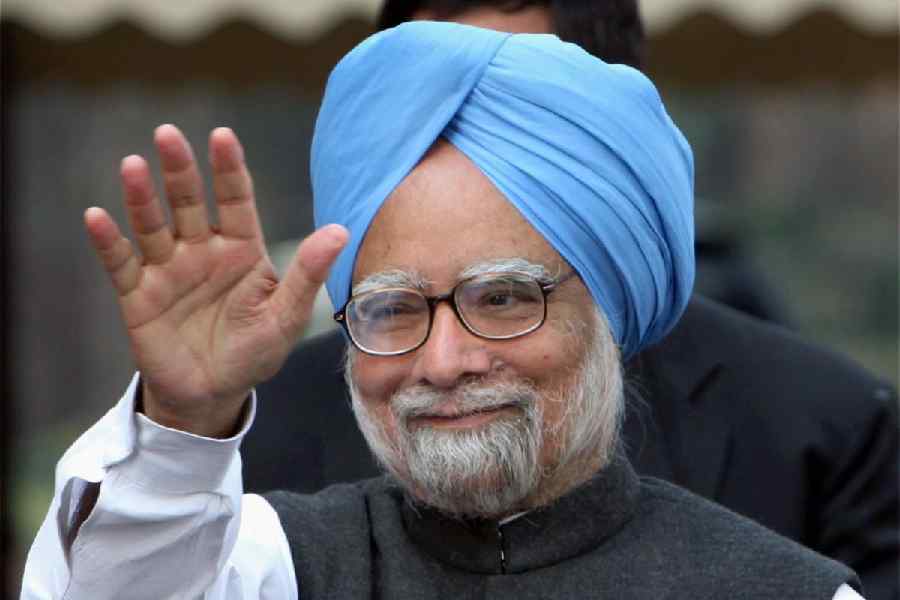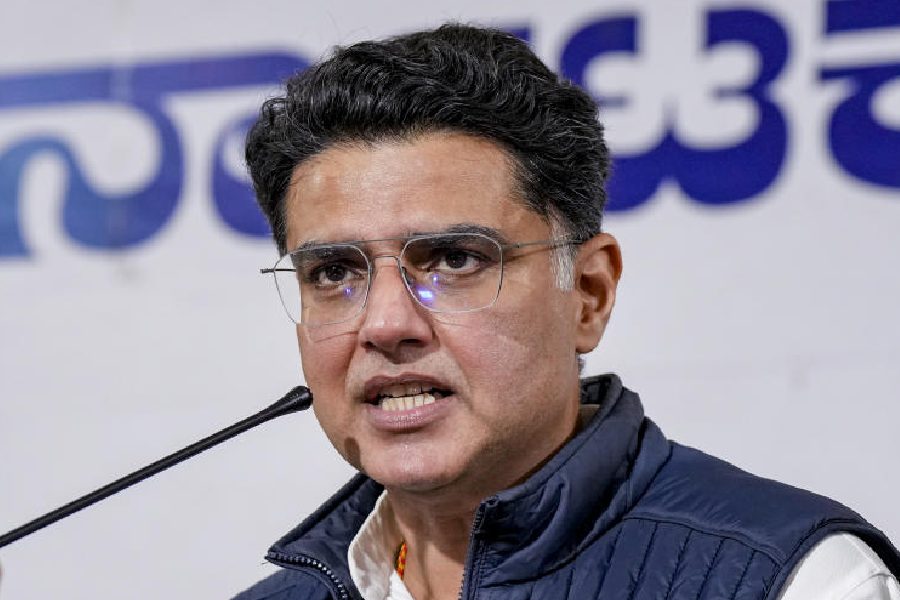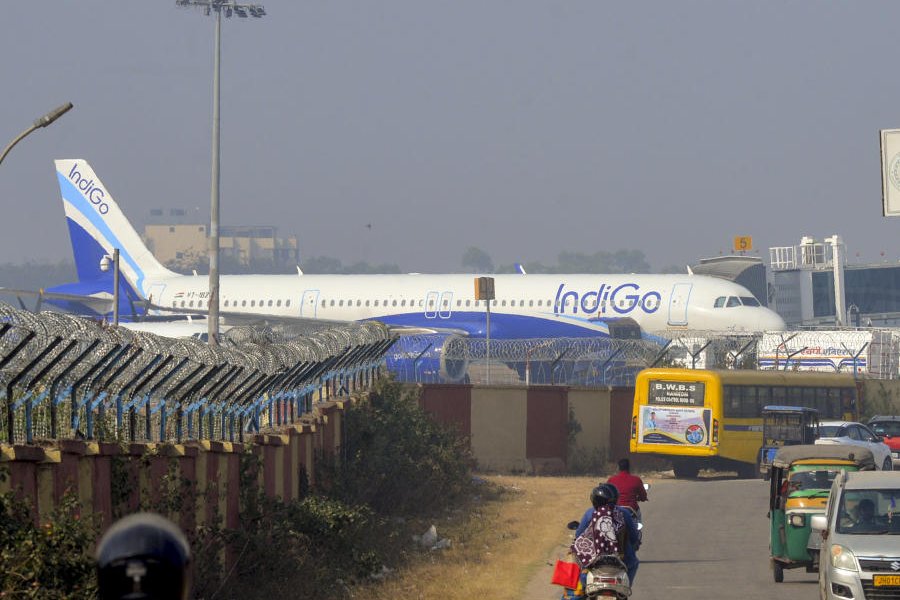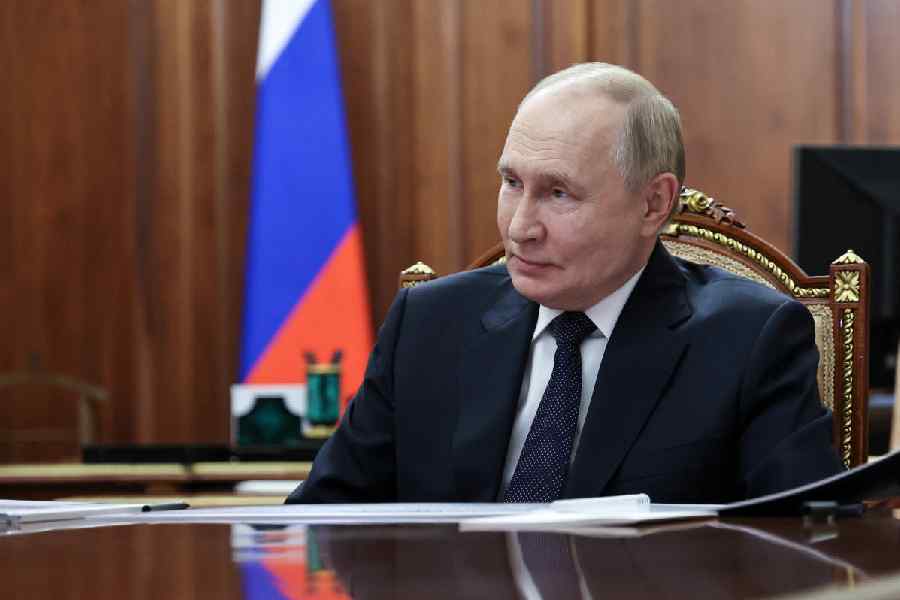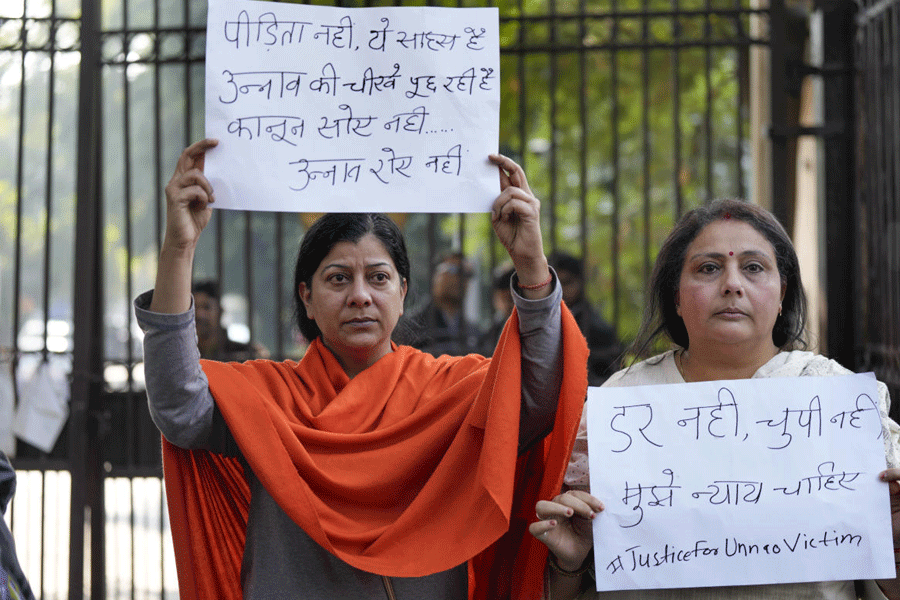Prime Minister Narendra Modi on Monday launched a Rs 64,000-crore government mission that seeks to fill gaps in public health infrastructure nationwide through additional facilities ranging from critical care beds to labs to surveillance units.
The Ayushman Bharat Health Infrastructure Mission will add 35,000 critical care-linked beds in 600 districts and establish 730 public health labs, 3,000 block public health units, and 15 biosafety labs, among other facilities, to support diagnostics and disease surveillance, the Centre said.
Doctors and health experts have welcomed the mission but cautioned that its success will hinge on funding and commitment to establishing physical infrastructure and ensuring that sufficient numbers of adequately trained personnel are available to support its objectives.
“In post-independent India, health infrastructure did not get the required attention for a very long time and citizens had to run from pillar to post for proper treatment,” Modi said, launching the mission that he claimed would strengthen healthcare infrastructure at the village, district, regional and national levels.
The initiative comes months after India’s second Covid-19 wave exposed gaps in healthcare services across the country.
A senior official in the Union health ministry said the planned 35,000 critical care beds would all be in public facilities distributed across 600 districts in the country. The added beds would raise India’s count of critical care beds to over 170,000, nearly twice the number before Covid-19.
“This is a welcome initiative — the idea for a separate pool of funds for health infrastructure was first proposed and discussed over 10 or 12 years ago,” said T. Sundararaman, a community medicine expert and former executive director of the health ministry’s National Health Systems Resource Centre.
Critical care medicine specialists said the mission should give equal emphasis to staffing facilities.
“For this to be successful, critical care facilities will need doctors, nurses, technicians on the ground before they open — on day zero,” Srinivas Samavedam, a critical care medicine specialist and general secretary of the Indian Society for Critical Care Medicine (ISCCM), told The Telegraph.
Most critical care specialists are currently clustered in large metropolitan cities and tier-II towns. The ISCCM has around 12,000 members, but postgraduates in anaesthesia, pulmonology or medicine could also be trained for critical care.
“There is currently an acute shortage,” said Deepak Govil, ISCCM president, who estimates that the nationwide count of fresh doctors who complete superspecialisation or undergo specialised training for critical care would touch around 400 per year.
Samavedam, a member of an ISCCM expert panel on the design of critical care units, said critical care beds also ideally require key complementary infrastructure such as a blood bank, a CT scan facility, an operation theatre, and a cath lab for procedures such as angiography or angioplasty.
The treatment of acute respiratory infections, heart attacks, obstetric complications, strokes or traumatic injuries that typically make up a large proportion of complications needing critical care might require such complementary infrastructure, he said.
But Sundararaman said shortages of critical care specialists could be made up through innovation and technology. “Medical graduates could be provided short-term training in critical care and telemedicine services could help support critical care decisions in rural areas,” he said.
The proposed additional health infrastructure also includes five regional National Centres for Disease Control, 20 metropolitan units, and four new National Institutes of Virology, collectively aimed at improving India’s capacity for disease surveillance that many experts believe is currently weak.


